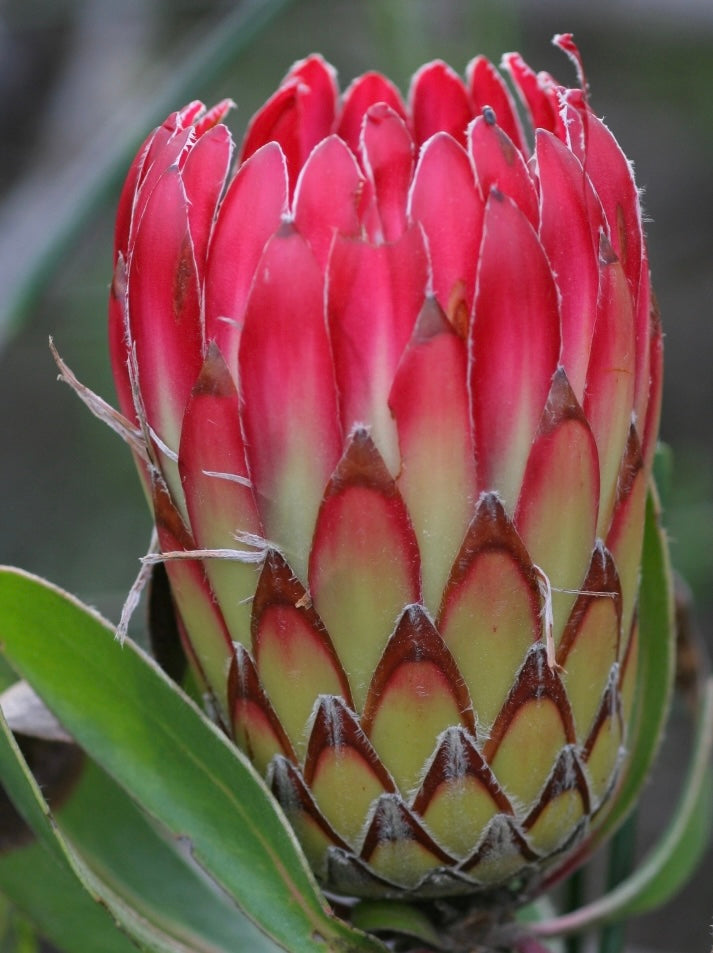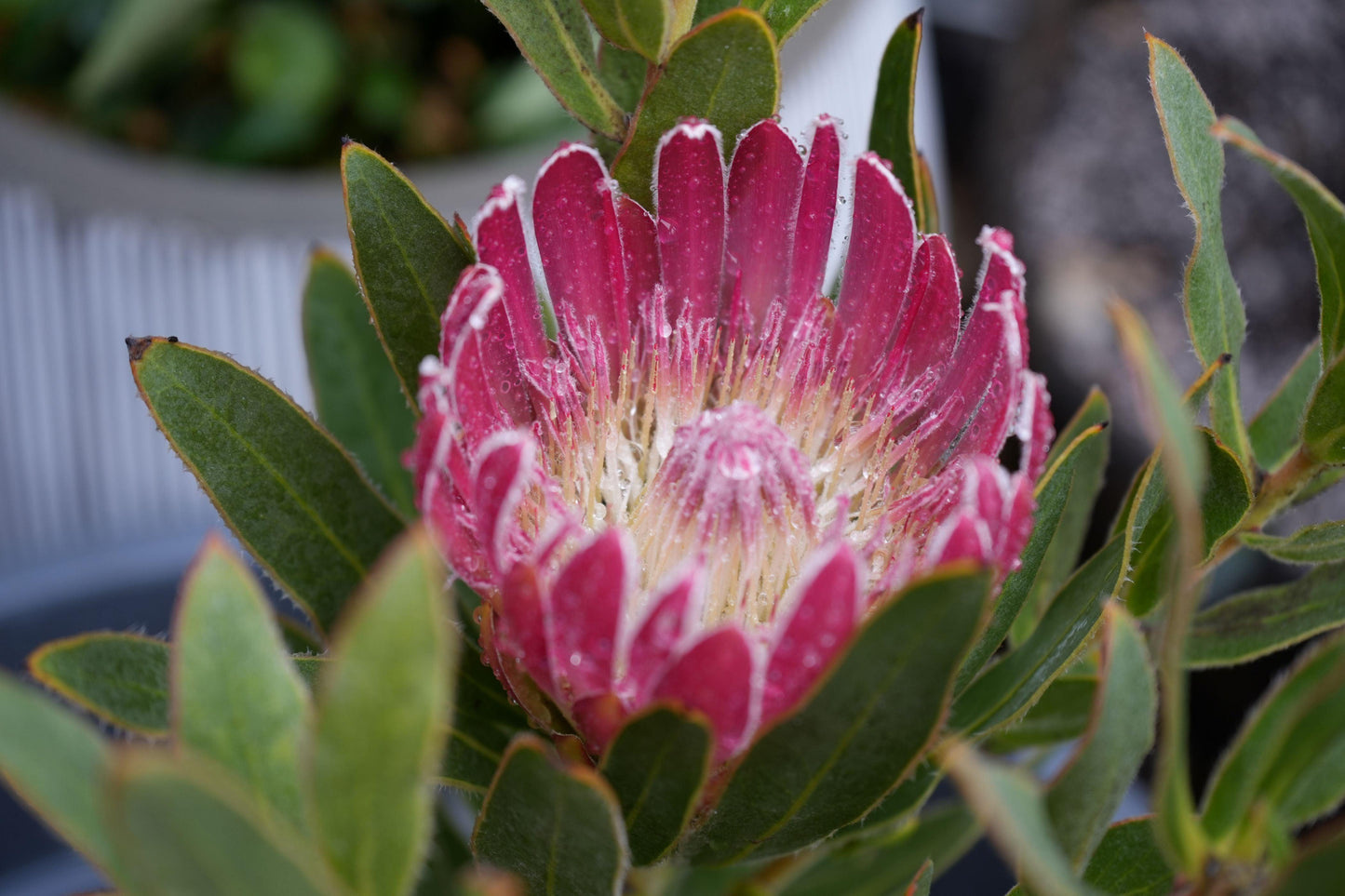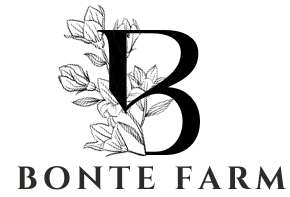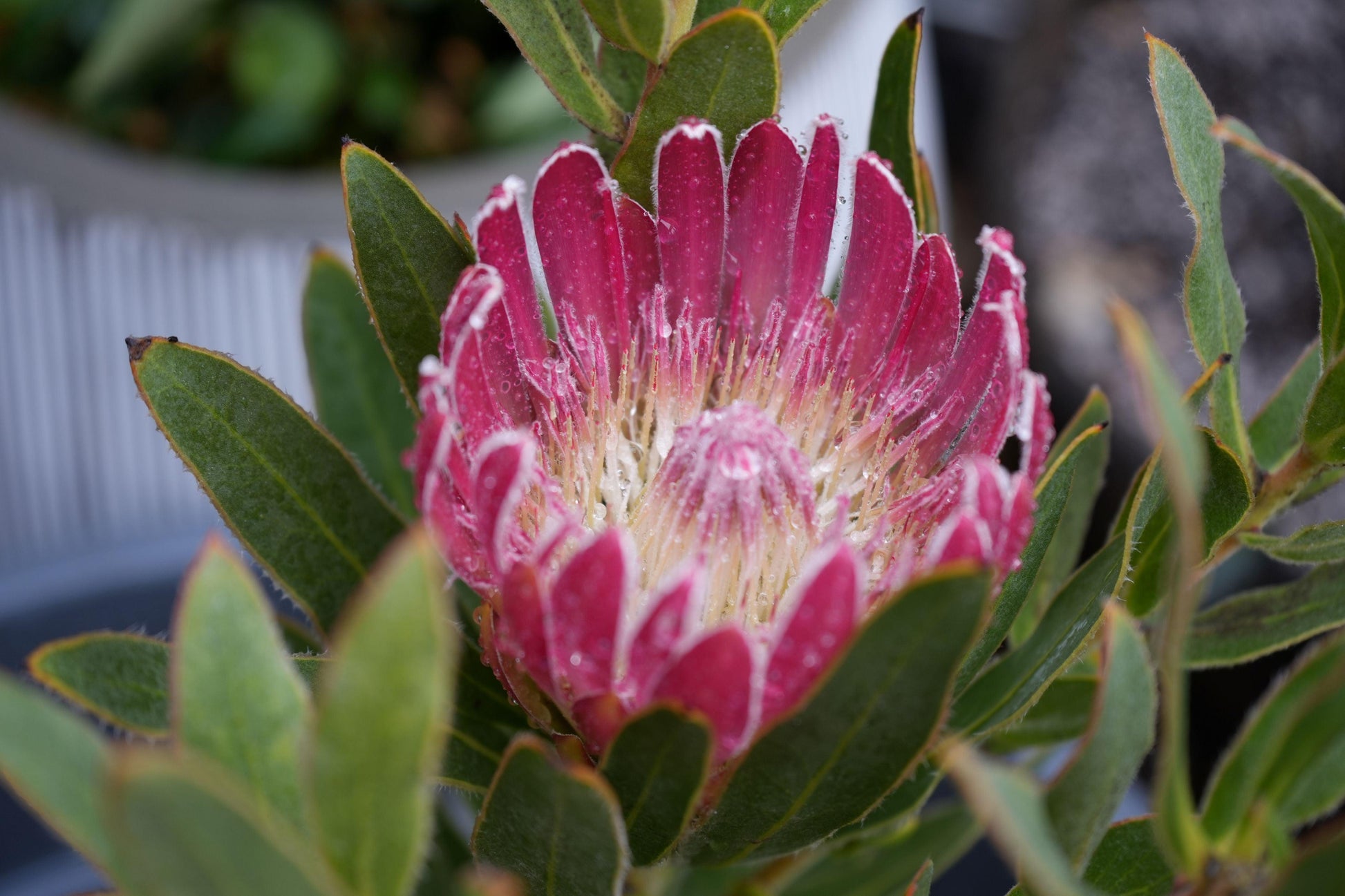Bonte Farm
Protea obtusifolia: Unveiling the Subtle Charm of the Shell Protea
Protea obtusifolia: Unveiling the Subtle Charm of the Shell Protea
Couldn't load pickup availability
🌸 Protea obtusifolia: The Lime-Green, Winter-Flowering Star
The Protea obtusifolia, commonly known as the Limestone Sugarbush, is a robust and highly adaptable species native to the southern Cape of South Africa.2 This resilient evergreen shrub is notable for its exceptional tolerance to alkaline (limestone) soils—a trait rare among Proteas—and its stunning winter bloom. It produces abundant, cup-shaped flowers featuring tough, leather-like bracts in shades of pale lime-green to creamy white, often tipped with deep rose or burgundy. P. obtusifolia is a low-maintenance, architectural specimen perfect for challenging coastal, arid, and xeriscape gardens. Its superior hardiness and ability to thrive in poor, rocky, or alkaline soils make it a reliable choice for providing essential winter color and a rich nectar source for hummingbirds.
Botanical Characteristics
|
Characteristic |
Detail |
|
Scientific Name |
Protea obtusifolia (The Species) |
|
Common Names |
Limestone Sugarbush, Hottentot Sugarbush. |
|
Growth Habit |
A dense, rounded evergreen shrub with a sturdy, upright, and somewhat spreading habit. |
|
Foliage |
Features broad, thick, leathery, blunt-tipped leaves that are deep gray-green, providing substantial texture. |
|
Flowers |
Medium to large, distinctively tough, cup-shaped flower heads (bracts), typically 4–5 inches in diameter. Color is a pale lime-green to creamy white, with rose-pink or dark burgundy edges. |
|
Flowering Season |
Known for its early and persistent bloom, typically flowering heavily from late fall through winter, providing crucial color when few others do. |
|
Drought Tolerance |
Exceptionally drought-tolerant and thrives in harsh, dry, coastal environments. |
Mature Size
P. obtusifolia provides good scale for background or specimen planting.
- Height: Typically reaches a manageable 5–8 feet (1.5–2.4 meters) tall.
- Spread: Achieves a dense, spreading width of 5–8 feet (1.5–2.4 meters) wide.
- Its size is perfect for creating a handsome, rounded backdrop.
USDA Hardiness Zone
This species is reliably hardy in USDA Hardiness Zones 9–11. It thrives in mild, nearly frost-free coastal and Mediterranean climates and is notable for its resistance to salt spray and its tolerance of a wider pH range compared to other Proteas.
Cultivation and Care
|
Aspect |
Care Instructions |
|
Sunlight |
Requires full sun (a minimum of 6 hours of direct sun daily) and excellent air circulation to ensure robust growth. |
|
Soil |
Essential: Demands perfectly well-drained soil. Uniquely tolerant of neutral to slightly alkaline (limestone) soils (pH 6.5–7.5), but still cannot tolerate heavy clay or poor drainage. |
|
Water |
Highly drought-tolerant once established. Water deeply during the first year. Mature plants require minimal summer water. |
|
Fertilizer |
Crucial: ABSOLUTELY AVOID all phosphorus fertilizers. Proteas are extremely phosphorus-sensitive. Use a specialized, low-phosphorus formula for Proteaceae, or skip fertilizing entirely. |
|
Pruning |
Benefits from the heavy harvesting of flowers, which should be cut back into the leafy part of the shrub to promote dense growth and maximum flower count. |
Landscape Use
- Coastal Gardens: One of the most reliable Proteas for planting in coastal conditions due to its hardiness and salt tolerance.3
- Alkaline Soil Solution: Ideal for sites with limestone or neutral soil where most other Proteas fail.
- Winter Interest: Used as a specimen plant to provide vibrant color during the colder months.
- Xeriscape Design: A cornerstone, low-water, low-maintenance plant for arid and Mediterranean-style gardens.
Wildlife Attraction
The flowers produce a generous amount of sweet nectar, making them extremely attractive to nectar-feeding birds, which serve as the primary pollinators.4 Planting P. obtusifolia is an excellent way to attract hummingbirds and native birds during winter.
Pest and Disease Resistance
Protea obtusifolia is generally a hardy and robust species.5 Its main vulnerabilities are root rot and collar rot, which are caused by poor soil drainage or overwatering—prevention is achieved through proper planting in very porous soil.
Propagation
This species is successfully propagated from seed, as its traits are stable. For home garden use, propagation can also be achieved through semi-hardwood cuttings, generally taken during the warmer months, to ensure predictable growth habits.
Share


FAQs
Got a question? We are here to answer


